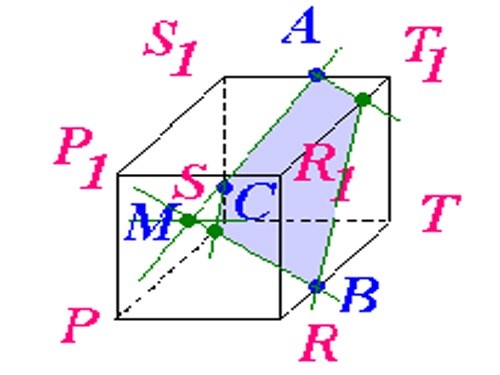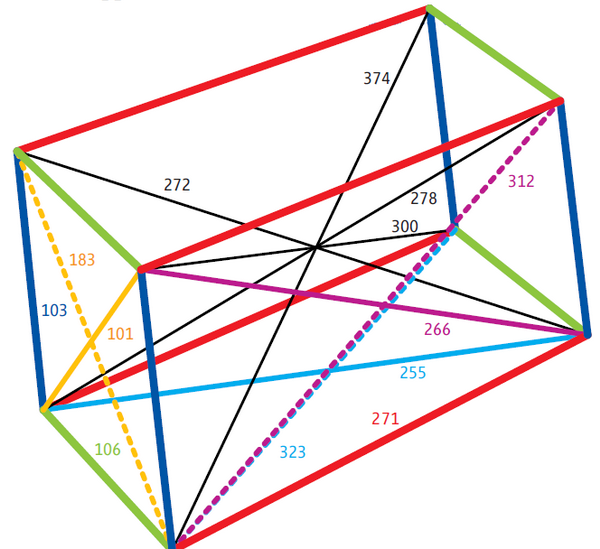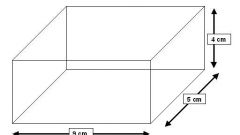You will need
- paper;
- - handle;
- - the range.
Instruction
1
On a sheet of paper, draw a box. If your task says that the box needs to be rectangular, make it square corners. Remember that opposite edges must be parallel to each other. Name its vertices, for example, S1, T1, T, R, P, R1, P1 (as shown in the figure).

2
On the verge SS1TT1 put 2 points: A and C, let point a be on the segment S1T1 and a point on the segment S1S. If your task doesn't say where it should be these points, and do not specify the distance from the vertices, put them arbitrarily. Draw a straight line through points A and C. Continue this line to its intersection with the line segment ST. Label the point of intersection, let it be a point of M.
3
Put a point on the segment RT, label it as point B. draw a straight line through the points M and B. the intersection of this line with the edge of the label SP as point K.
4
Connect the points K and C. They must lie on the same face PP1SS1. Then through point B draw a straight line, parallel to the segment of the COP, will continue the line to the intersection with an edge of R1T1. The intersection of the label as point E.
5
Connect the points A and E. then select the resulting polygon ACKBE a different color – this will be a cross section of a given parallelepiped.
Note
Remember that when you build a cross-section of the parallelepiped is possible to connect only those points that lie in the same plane, if you had enough points for the build section, add them by extending the line segments to the intersection with the face on which the desired point.
Useful advice
Only the parallelepiped can be constructed of 4 sections: 2 diagonal and 2 transverse. For clarity, select the resulting polygon cross section, this can just stroke or stroke it in a different color.


